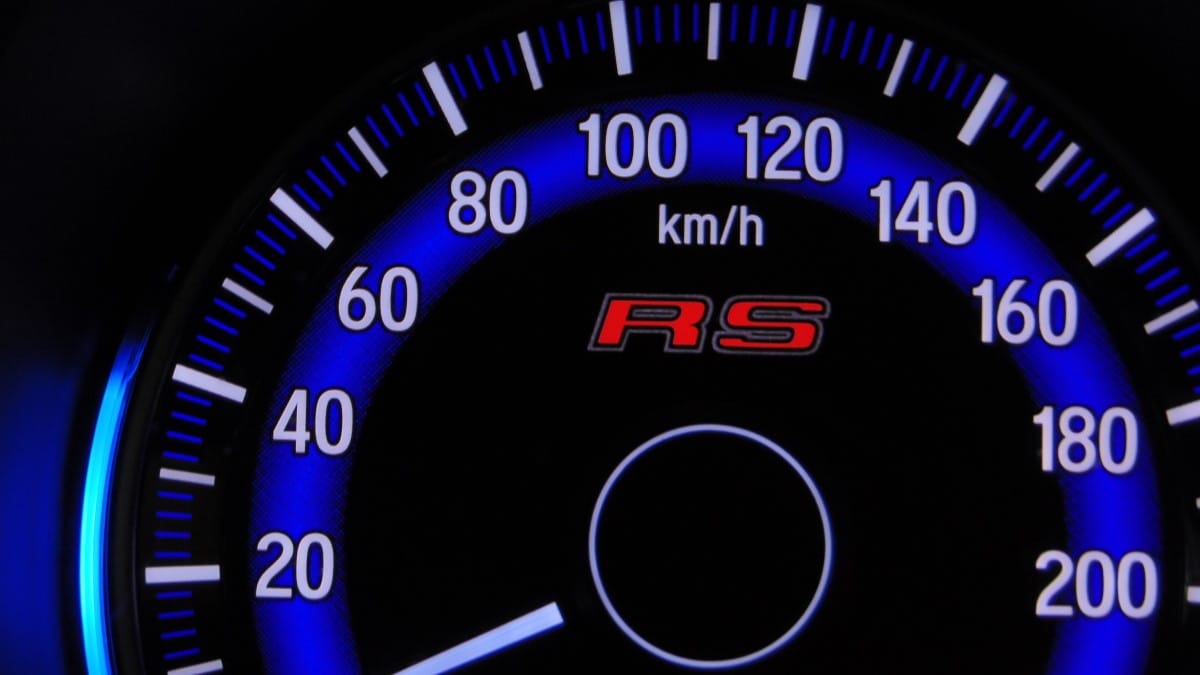You may have seen it in the news — a federal regulatory board has called for rules requiring automakers to build cars that can’t speed. It’s true. But it’s also less significant than it sounds.
In what has become an annual ritual, the National Transportation Safety Board (NTSB) once again recommended automakers install anti-speeding technology in all new cars and trucks. The technology exists, and automakers could sell you a vehicle incapable of exceeding the posted speed limit. But the board’s recommendation isn’t likely to become law anytime soon.
In fact, the NTSB has issued this recommendation many times since 2017, with no response from regulators.
So it’s nothing new and — forgive us — not likely to go anywhere fast.
What Started This
The NTSB is charged with investigating accidents — everything from plane crashes to ship sinkings to car crashes — and advising the Department of Transportation (DOT) on what could have prevented them.
This week, it released the results of a report into a multi-car accident near Las Vegas last year that killed nine. In that accident, a Dodge Challenger ran a red light at 103 mph and crashed into several cars, killing the driver of the Challenger and eight others. The NTSB determined the driver had “a history of multiple speeding offenses” and several substances in his system at the time of the crash.
The board concluded “Nevada’s failure to deter the driver’s speeding recidivism” helped cause the tragedy. It then made a series of recommendations, from asking automakers to voluntarily install speed-limiting systems to asking the National Highway Traffic Safety Administration (NHTSA) to require them.
What It Means
The word “recommended” is doing important things there.
The NTSB doesn’t make rules. NHTSA does. The most the NTSB can do is make recommendations. And it has. Repeatedly.
Traffic deaths hit a two-decade high last year. They’ve come down slightly in 2023 but remain historically high. A separate report from NHTSA recently noted many dangerous behaviors, from drunk driving to driving without a seat belt on, have all been on the rise in recent years.
Every year, the NTSB releases its 10 “Most Wanted” — a wish list of regulations or policy changes that could make Americans safer on the roads, in the skies, and on the water. A comprehensive plan to address speeding, including speed limiters, has been on the list every year since 2019.
What It Doesn’t Mean
But the recommendations don’t trigger any action and sometimes go unheeded for years. Other agencies, or Congress, must take action for an NTSB recommendation to become a law or rule.
The NTSB first recommended that federal regulators “Incentivize passenger vehicle manufacturers and consumers to adopt intelligent speed adaptation (ISA) systems” in 2017. Six years later, they still haven’t.
It can take years for an NTSB recommendation to bear fruit. In 2022, Congress passed a law requiring anti-drunk-driving technology in all new cars by 2026. The NTSB had been asking for that feature for years, but only an act of Congress made it happen. Three years out from the mandate, we still haven’t seen the first car sold with that technology built in.
We’re aware of no effort by Congress or the DOT to require speed limiters.
How a “Dead Pedal” Works
Speed limiters are an old idea. Some commercial fleets have used them for decades.
A system introduced to New York City government vehicles last year uses GPS technology and a database of speed limits. That’s a modern solution, but there are older approaches.
Designers can limit a car’s speed with physical blocks on the throttle body or, more common in recent years, with software. Many sports and luxury cars come with speed limiters — often set well above legal speeds — because their sensitive engines can exceed that speed but might damage themselves doing so.








